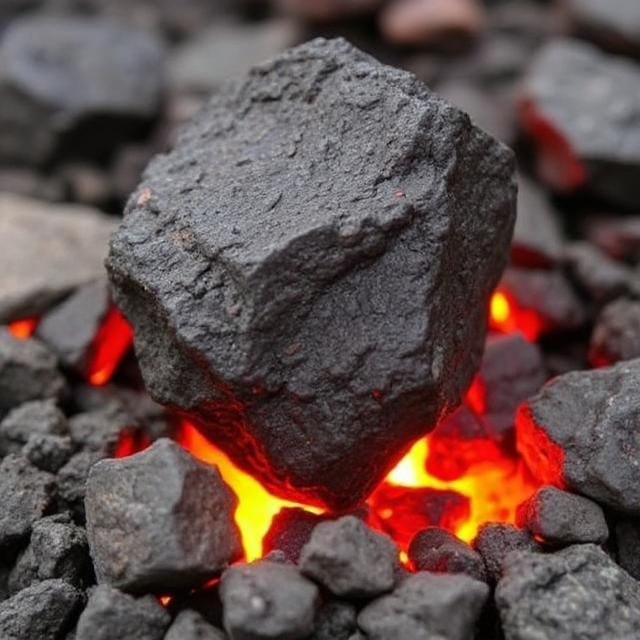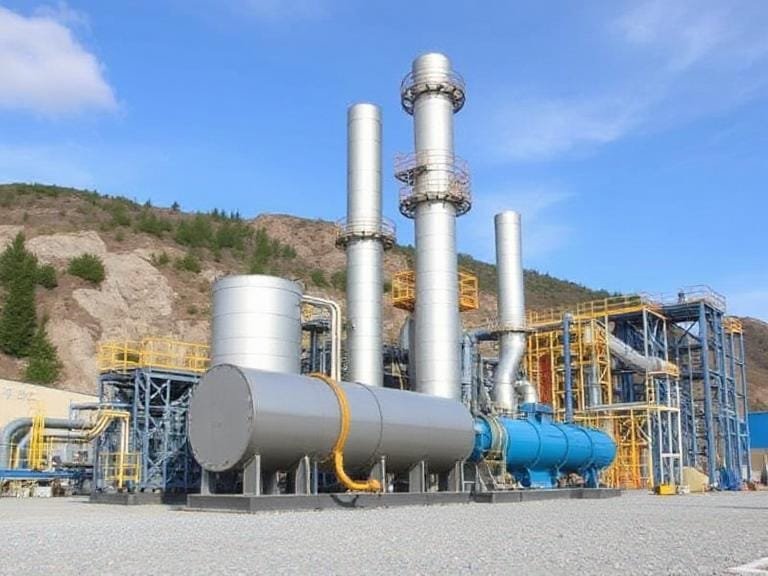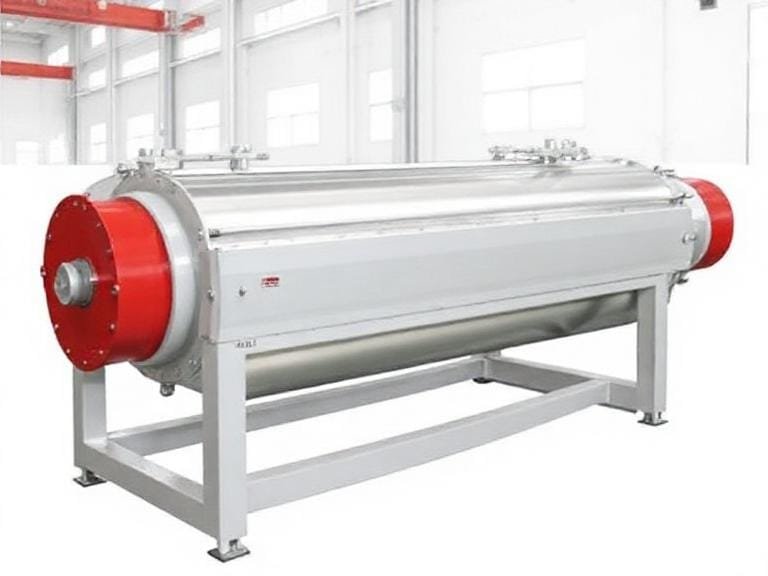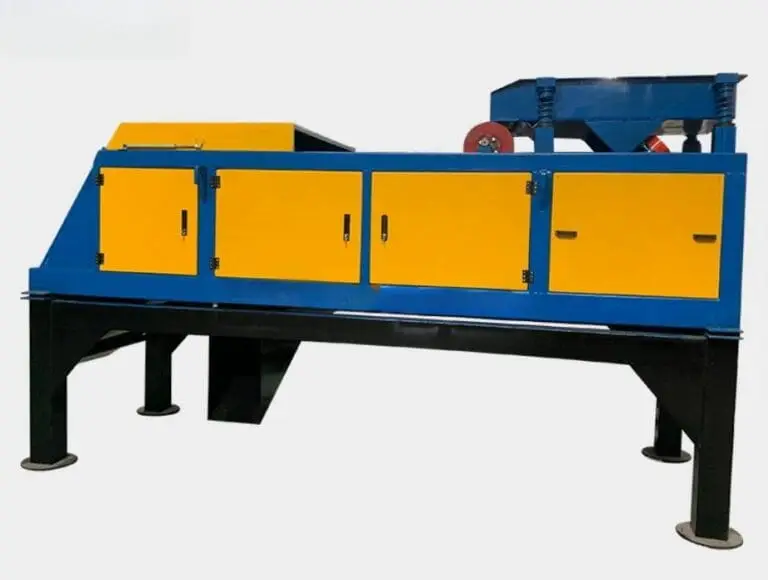5 Methods for Extracting Iron from Iron Ore
steel manufacturing and infrastructure projects. However, extracting iron from its ores requires advanced
technologies, precise methods, and reliable machinery. In this comprehensive guide, we will explore the
top 5 methods for extracting iron from iron ore, along with an overview of essential mineral processing
equipment from ORO Mineral Co., Ltd.—a global leader in intelligent mineral processing and screening systems.

Table of Contents
- 1. Introduction to Iron Ore Extraction
- 2. Overview of Iron Ore Types
- 3. Five Major Methods of Extracting Iron
- 4. Essential Equipment for Iron Extraction
- 5. Industrial Applications and Efficiency
- 6. Summary Table
- 7. FAQs
- 8. References
1. Introduction to Iron Ore Extraction
The extraction of iron from ore is a multi-step process involving crushing, grinding, magnetic separation, smelting,and refining. The goal is to separate the valuable iron minerals from impurities like silica, alumina, and phosphorus.Each method of extraction depends on the type of ore, desired purity, and industrial requirements.ORO Mineral Co., Ltd. has been at the forefront of mineral processing innovation since 2014. With extensiveexperience in beneficiation and solid waste recovery, ORO provides a full range of screening, washing, and separation equipment designed for efficient and sustainable mineral recovery.
- Sand Washing Machine 100 TPH Long Life
- Gravity Spiral Concentrator
- 1.1kW Belt Magnetic Separator
- Eddy Current Separator Machine
- Gravity Spiral Chute Separator
2. Overview of Iron Ore Types
Iron ores are naturally occurring rocks from which metallic iron can be economically extracted. The most common iron-bearing
minerals are:
- Hematite (Fe₂O₃): High-grade ore used in direct reduction and blast furnaces.
- Magnetite (Fe₃O₄): Requires magnetic separation for concentration.
- Limonite (FeO(OH)·nH₂O): Lower-grade ore requiring beneficiation.
- Siderite (FeCO₃): Carbonate ore that must undergo roasting before reduction.
Understanding ore composition is vital to determine the most effective extraction process. For example,
magnetite ores are best treated with magnetic separation, while hematite may require flotation
or gravity-based concentration.
3. Five Major Methods of Extracting Iron
3.1 Magnetic Separation Method
This process uses the magnetic properties of certain iron minerals (like magnetite) to separate them from non-magnetic
materials. The ore is crushed, ground, and passed through a magnetic separator such as the
1.1kW Belt Magnetic Separator by ORO Mineral.
- High efficiency in separating magnetite and hematite mixtures.
- Environmentally friendly with minimal chemical usage.
- Ideal for dry or wet processing plants.
3.2 Gravity Separation Method
Gravity separation relies on the difference in density between iron minerals and gangue materials. It’s often used
for coarse or intermediate-sized particles. Equipment such as the Gravity Spiral Concentrator or
Gravity Spiral Chute Separator provides high recovery rates.
- Simple and cost-effective method.
- Suitable for alluvial and high-density iron ores.
- No chemical reagents required, ensuring eco-friendly operation.
3.3 Flotation Method
Flotation is commonly used for fine-grained hematite and siderite ores. The ore is mixed with water and surfactants,
allowing air bubbles to carry the iron particles to the surface. Although effective, it requires chemical reagents
and water treatment systems.
- Excellent for complex ores with fine particles.
- Can achieve high-grade concentrates.
- Requires additional cost for chemical handling and wastewater treatment.
3.4 Roasting and Magnetic Separation
Low-grade ores like limonite and siderite can be upgraded by roasting, which converts iron compounds into magnetic
oxides. After roasting, magnetic separation removes impurities, producing a higher-grade iron concentrate.
- Converts non-magnetic oxides into magnetite.
- Ideal for limonite and siderite ores.
- Often combined with Eddy Current Separator Machines for enhanced recovery.
3.5 Smelting and Reduction Method
The traditional method of iron extraction involves smelting in a blast furnace. The ore is combined with coke (carbon)
and limestone at high temperatures, reducing iron oxides to metallic iron. This process produces pig iron,
which is then refined into steel.
- Used in large-scale industrial steelmaking.
- Requires high temperatures (around 1500°C).
- Produces molten iron suitable for further refining.
4. Essential Equipment for Iron Extraction
To ensure efficient ore beneficiation and separation, advanced processing equipment is essential.
ORO Mineral Co., Ltd. provides high-performance systems designed for durability and precision.
- Sand Washing Machine 100 TPH Long Life: Ensures clean, impurity-free raw materials before processing.
- Gravity Spiral Concentrator: Uses centrifugal force for efficient particle separation.
- 1.1kW Belt Magnetic Separator: Removes magnetic impurities and concentrates valuable minerals.
- Eddy Current Separator Machine: Ideal for separating non-ferrous metals from ferrous materials.
- Gravity Spiral Chute Separator: Handles fine materials effectively through gravitational separation.
These machines are engineered with automation and smart control systems, providing consistent output and
energy-efficient operation for both small and large-scale mineral processing plants.
5. Industrial Applications and Efficiency
The iron extraction process has wide applications in the steel industry, construction materials, and heavy manufacturing.
With global demand for iron-based products rising, adopting efficient processing technology is more important than ever.
- Improved yield through automated separation systems.
- Reduced operational costs with advanced washing and magnetic systems.
- Enhanced sustainability via waste reduction and resource recovery.
ORO Mineral Co., Ltd. is committed to delivering environmentally responsible solutions that maximize mineral recovery
while minimizing waste and energy consumption.
6. Summary Table
| Extraction Method | Suitable Ore Type | Main Equipment | Advantages |
|---|---|---|---|
| Magnetic Separation | Magnetite, Hematite | Belt Magnetic Separator | High purity, eco-friendly |
| Gravity Separation | High-density ores | Spiral Concentrator, Chute Separator | Low cost, no chemicals |
| Flotation | Fine-grained ores | Flotation cells | High recovery rates |
| Roasting & Magnetic Separation | Limonite, Siderite | Eddy Current Separator | Improves magnetic properties |
| Smelting & Reduction | All iron oxides | Blast Furnace | Produces metallic iron |
7. FAQs
Q1: What is the most efficient method for extracting iron?
The efficiency depends on ore type. Magnetic separation is ideal for magnetite, while smelting is best for industrial-scale steelmaking.
Q2: Can ORO Mineral’s machines handle large-scale production?
Yes, ORO Mineral designs high-capacity systems for both small and industrial operations, offering consistent quality and output.
Q3: Are ORO’s machines energy-efficient?
Absolutely. All ORO Mineral equipment features low energy consumption and high automation, reducing operational costs.
Q4: Does ORO Mineral provide international technical support?
Yes. With global operations, ORO offers technical consulting, installation assistance, and after-sales service worldwide.




